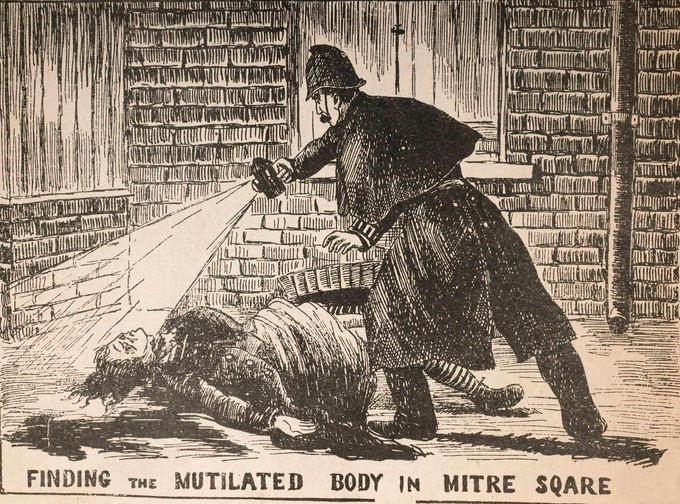Understanding the curious case of Jack the Ripper involves exploration of the Whitechapel Murders, early investigative efforts, and enduring mysteries that captivate modern historians.
◊
Jack the Ripper is, perhaps, the most famous unidentified criminal in history. Operating in the Whitechapel district of London in 1888, the figure known by this name was linked to a series of savage murders that shocked Victorian society and drew attention to the grim realities of urban poverty and public safety. Though more than a century has passed, the Whitechapel Murders case, as it was called, remains open in the public imagination, marked by ongoing investigations, historical debates, and cultural fascination.
The crimes attributed to Jack the Ripper occurred over a period of just a few months, beginning in late August 1888. The five victims most commonly associated with the case – Mary Ann Nichols, Annie Chapman, Elizabeth Stride, Catherine Eddowes, and Mary Jane Kelly – lived in poverty, and most were known to seek shelter in common lodging houses in the East End. The nature of the crimes led to intense media coverage and growing public fear, as each incident revealed a disturbing pattern of apparent premeditation and stealth.
Take a deeper dive into Jack the Ripper's murderous reign of terror in this MagellanTV documentary.
The name “Jack the Ripper” emerged from a letter received by a London news agency, signed with the now-infamous pseudonym. While the true authorship of this and other letters remains disputed, they fueled sensational reporting and added a sinister character to the narrative. The image of a shadowy figure lurking in the foggy streets of London has since become a trope used in many crime stories and films.
At the time, police efforts to catch the killer were intense but ultimately unsuccessful. The Metropolitan Police and Scotland Yard employed many tactics – door-to-door inquiries, interviews with witnesses, surveillance of suspects, and the examination of crime scenes. The lack of modern forensic tools like fingerprinting or DNA analysis made solving the case especially difficult. Compounding the issue was the fact that Whitechapel was a densely populated, impoverished area, making it hard to track individuals or link them definitively to the crimes.

From the Illustrated Police News, October 6, 1888 (Source: Wikimedia Commons)
Several suspects were considered over the years, including local tradesmen, doctors, and foreigners. Some theories even implicated prominent individuals, though most of these theories lack strong evidence. In the modern era, “Ripperologists” – both amateur and professional historians – have continued to study the case. Numerous books, documentaries, and scholarly articles have examined the evidence, proposed new suspects, and reconsidered old theories.
One particularly notable development came in the 21st century when DNA analysis was attempted on items believed to be connected to one of the victims. While some claimed the results pointed to a specific individual, the findings remain controversial, largely due to questions about how the evidence was preserved and handled over the years.

The facade of London’s Jack the Ripper Museum (Credit: Haydn Blackey, via Wikimedia Commons)
Today, the Jack the Ripper case is more than just a historical mystery. It offers insight into the challenges faced by law enforcement in the 19th century, the role of media in shaping public perception, and the social conditions of London’s East End during a time of great change. While the identity of the Ripper may never be known for certain, the case continues to inspire study, speculation, and reflection on justice, society, and the enduring nature of unsolved mysteries.
Ω
Title Image: Licensed by Adobe Stock


